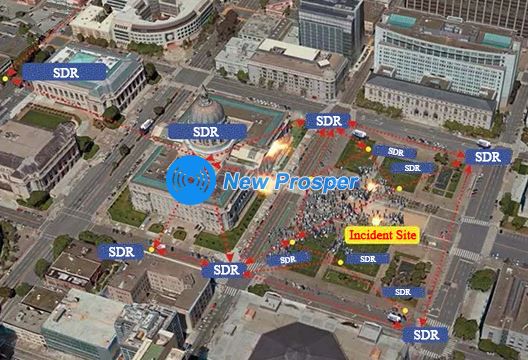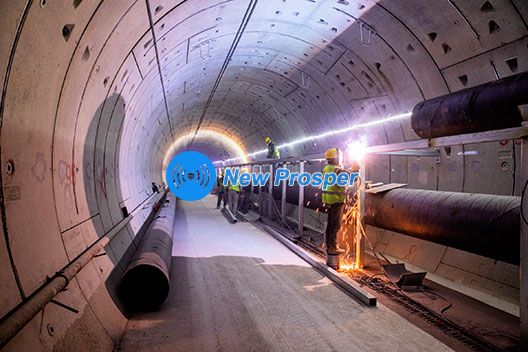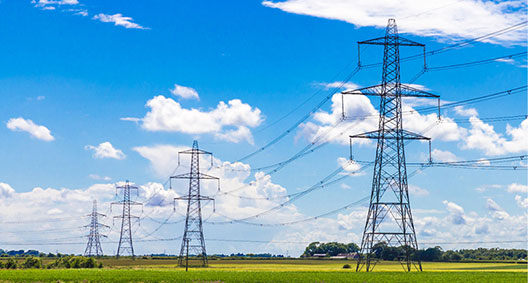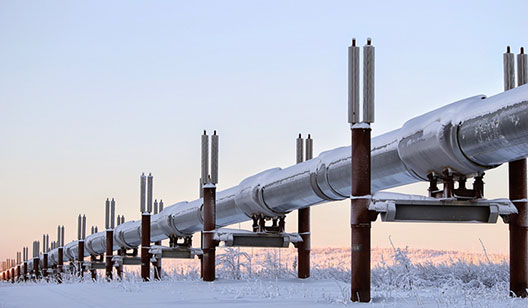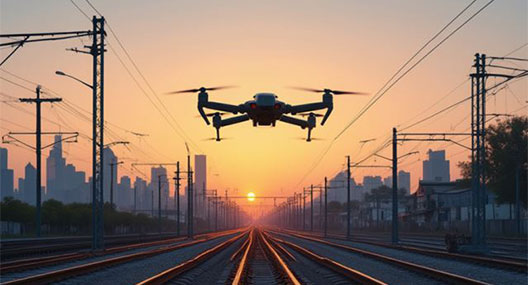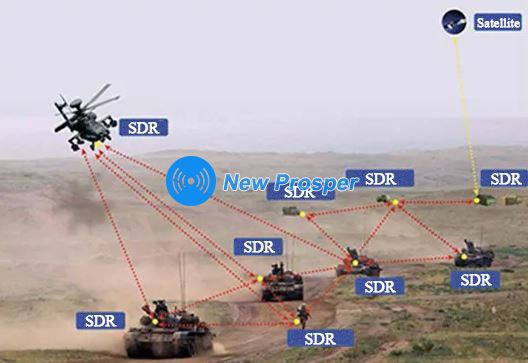SDRs are deployed at commanding heights or relatively elevated points on urban buildings. In environments with building obstructions, they can effectively form a self-organizing network with vehicle-mounted SDRs and responder handheld SDRs, achieving interoperability. Simultaneously, acting as relay SDRs, they enhance or extend the wireless communication range. They can transmit images captured by response personnel at the incident site back to the rear command center via multi-hop relay in the shortest possible time. This provides on-site situational awareness and a decision-making basis for commanders at all levels, enabling timely scientific analysis and rapid issuance of instructions.
Vehicle-mounted SDRs are deployed on mobile vehicles for rapid deployment. They can not only form inter-vehicle wireless networks but also flexibly establish local area networks with fixed stations at high points and responder handheld SDRs, creating a multi-layered wireless broadband network. This meets the on-site emergency communication needs for both static and mobile operations. At an incident site, a vehicle-mounted SDR can act as a support center for frontline personnel, providing information network and communication support to surrounding responders. It can also function as a small forward command post, enabling unified command and dispatch of on-site response forces.
Furthermore, it can transmit multiple streams of real-time video from the incident site back to the command center. This allows frontline commanders to not only gain comprehensive, real-time, and intuitive control of the situation on the ground but also track the movement trajectories and positions of response vehicles and personnel in real-time on a GIS map. This enhances overall situational awareness and improves the coordination capability and operational efficiency of the response forces.
Portable SDRs are issued to on-site law enforcement officers, allowing them to penetrate deep into the incident site or dense crowds. They can transmit high-definition live video from the scene back to the command center, enabling commanders to grasp the situation in real-time. They also support two-way voice communication with other responding personnel, facilitating efficient local coordination and cooperation.
